YA author Hayley Krischer takes some time to talk to us about why kids need books that don’t shy away from darker subjects, highlights from her long career in journalism, and her very different experiences publishing Something Happened to Ali Greenleaf in 2020 and The Falling Girls in 2021.
HAYLEY KRISCHER – FICTION, JUNE 2009
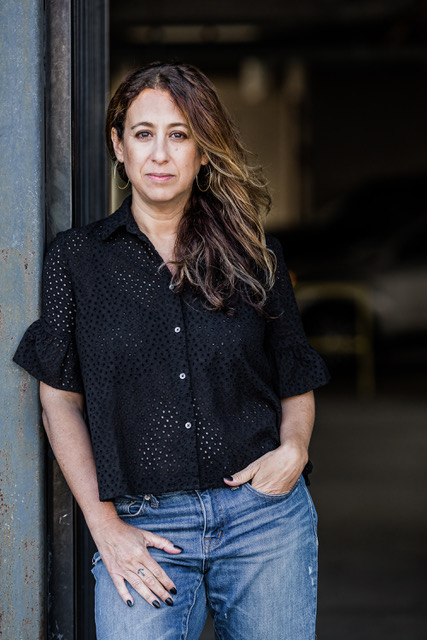
HAYLEY KRISCHER is the author of The Falling Girls and Something Happened to Ali Greenleaf, a 2021 RISE Feminist Book Project List Selection. She is also an award-winning journalist who has written for The New York Times, The Atlantic, Elle and more. Her adult debut, Where Are You, Echo Blue? will be released from Dutton in 2024.
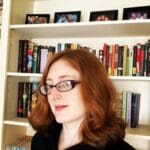
Interview by
Julia Leef
Let’s start by talking about your newest release–The Falling Girls, which was published October 2021 with Penguin Random House. You did quite the promotional tour for this novel, including written interviews, podcasts, and virtual events. What was that process like and was it different at all from the last tour you did for your debut novel Something Happened to Ali Greenleaf, which came out in October 2020?
Well it was very different. ALI GREENLEAF was Razorbill’s lead book for the fall of 2020. We went in with so much momentum and support. But it was difficult to break through. For instance, ALI GREENLEAF was a BookExpo editor’s buzz book pick for 2020, which was a huge deal. But when May rolled along, the Jacob Javitz Center in NYC, which would have housed BookExpo, had turned into a makeshift hospital because of the pandemic. For me, living in New Jersey, right outside of NYC, I’m just grateful my close friends and family were healthy and alive. I knew a number of people who got very sick and died. In the aftermath, it was something I had to accept, like OK, this was my experience. I’m here in a bookstore, looking at my book on the shelves, I’m not allowed to do any in-person events and I’m wearing a mask. I released my debut in a pandemic and that did impact my numbers. It just is what it is. Again, my family was healthy.
THE FALLING GIRLS was published October 2021 and unlike ALI GREENLEAF, it was not the lead title. That makes a huge difference in how much marketing the company is going to put behind your book. I had great reviews, people were really excited about the book, and I was so incredibly proud of it. But I hired an outside public relations person because I wanted to invest in my career after what happened with ALI GREENLEAF. My PR person was amazing. I felt so supported and yes, she set me up with a huge promotional tour. It was exhausting. Writers are introverts by nature and my body and mind were shot from the talking and the talking and doing. I actually got really sick after all that promotion—I had bronchitis for months. We had just come out of the pandemic, my kids were a mess and I was worried that I’d never sell another book again. (Thankfully, I did sell another book—an adult book—just a month ago).
As far as hiring an indie PR person goes—I don’t think it moved the needle with book sales. That’s the truth. And she cost a lot of money. I spoke to a lot of people about hiring an independent publicist, and the opinion varies. I don’t know the answer. With that said, I have some incredible news about THE FALLING GIRLS that I can’t quite announce, but it rhymes with schmee-vee. Life is very strange, that is for sure.
You never know where your writing career will take you! Do you remember if there was a particular author or book that inspired you to become a writer? What sorts of stories did you gravitate towards when you were younger and has that changed now?
Lorrie Moore was the writer I most idolized in my early 20s when I became serious about writing fiction. I studied and marked up Birds of America and Self-Help more times than I can count. In my teens, S.E. Hinton inspired me. I loved all of her books: The Outsiders, Tex, and That Was Then, This Is Now. I was also into V.C. Andrew’s books like Flowers in the Attic and Stephen King books like The Shining, Pet Semetery, Firestarter, and Misery. I’m attracted to dark characters who don’t make the right choices, and there weren’t a lot of dark characters in the 1980s for teenagers! I don’t think my taste changed all that much, actually. I still love and am attracted to female characters who do a deep dive into some kind of madness. I like my characters flawed and unlikeable.

That exploration of dark and flawed characters plays a huge role in both The Falling Girls and your debut novel, Something Happened to Ali Greenleaf. There are many people (as evidenced by the current book-banning culture in the US) who believe the subjects you present in these two novels are inappropriate or even dangerous for young readers. What would you say to them, and to the young readers who seek out your books?
Kids know what they want to read. Period. Abstinence doesn’t work. We know that. I just read something today in the Washington Post that said book banners are more dangerous than they were years ago because half of the books that have been targeted in these book bans are YA and because YA books are more popular than they ever were. Kids need an outlet. They need to see themselves represented in books. They want to see themselves represented. If they can’t find that, they’ll feel more alone, more depressed, and more isolated. Books, for many kids, are the world they turn to when life is too hard or when they feel misunderstood. When they need hope. Kids don’t live in a vacuum, and anyone who thinks that they’re protecting kids by taking away books is living in a fantasy world.
Well said! In addition to your novels, you’re also a regular contributor to The New York Times with articles dating back to 2011. What sparked your interest in journalism and what are some of your favorite pieces that you’ve worked on?
I have a real interest in people and how they tick, so I think that’s where my journalist mind comes in. My first journalism job was at The Boston Globe. I went to Northeastern for two years before transferring to NYU, and while I was there, I was part of their co-op program. Working at The Boston Globe got me hooked on that frenetic fast pace of writing and fed my curiosity about the world.
I always look fondly on the first article I wrote for the Times because it was such a breakthrough for me. The article was on Instagram Moms—women who took pictures of their kids on Instagram. They were the new version of a stage mom. I had written probably five different kinds of pitches around that topic for various other outlets and nothing was sticking. I knew the story was good, but I couldn’t get an editor to take a leap with me on such a big story. Finally, a journalist I had become friends with on Twitter (those were the days Twitter was great for making media connections and getting writing jobs), put me in touch with the deputy Styles editor at the NYT who I ended up working with for five years.
I also loved the article I wrote on “The New Mom Uniform of Park Slope.” The whole uniform consisted of No. 6 clogs and a strap for your purse. A whole group of Park Slope moms had the same outfit. People were mad, saying I was making fun of them, which I was. I had the clogs too! But people would bring up the article at parties saying, “Did you read that article?” I wrote that article! The weirdest part was traveling outside of the NY/NJ area, I started seeing all of these women wearing straps in place of their regular purse strap. I was floored. The strap became a thing in other parts of the country because of that article. The power of The New York Times!

Lastly, I have to mention the Marie Claire article about moms on heroin. I interviewed a lot of women for that article and went to a center for women in Camden, NJ. It took an incredible amount of research and I had great compassion for these women. That article was a lesson in patience too—they had a turnover of editors when I wrote it, so it kept getting passed to someone else when another editor would leave. I just hung in there and gave them the edits they wanted. After two years it finally got published.
It must be exciting to cover so many different topics, and yet still be able to focus on subjects that interest you. But it seems that editor struggles are universal! How would you say interacting/building relationships with editors in the freelance world compares to working with your editors on your novels?
Oh, it’s very similar. I trust editors that they have the best interest for my book. I come at the process with the utmost respect for them. You can’t do this alone. You need your editors, the copy editor, then other editors taking a look. Good editors make you look smarter! With that said, if I really feel strongly about something then I will speak to the editor to have a discussion so we can hash it out.
In addition to your books and your journalism, you also have a newsletter on Substack called, “So Very,” about anxiety and writing. What can people who subscribe to that newsletter expect?
So Very is about writing but it’s also a newsletter about pop culture. A fan favorite is when I do “Goop Translations.” It’s basically me “translating” something ridiculous Gwyneth Paltrow said in real life to what I think she really means.
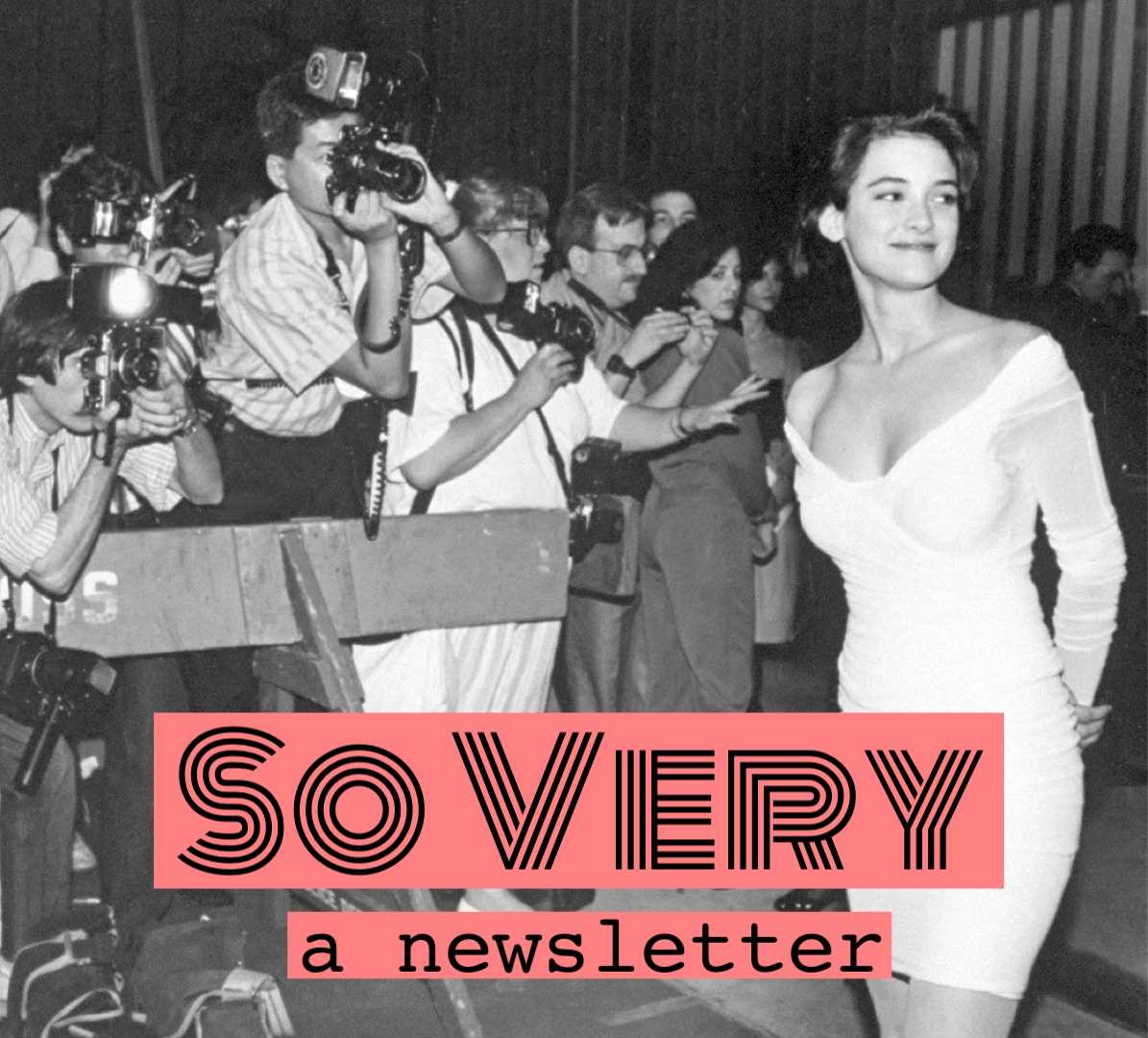
Do you have any upcoming projects you’d like to talk about?
Right now I’m working on edits for my adult debut, WHERE ARE YOU, ECHO BLUE? It’ll come out from Dutton in 2024. ECHO BLUE is about the most famous child star of the 1990’s, who disappears on the eve of the Millennium, and the journalist (who is also an obsessed fan) who tries to find her. It’s about Hollywood, obsessive fandom, and the cult of celebrity. I can’t wait for people to read it.
Listen to Hayley read an excerpt from her 2021 novel, The Falling Girls:
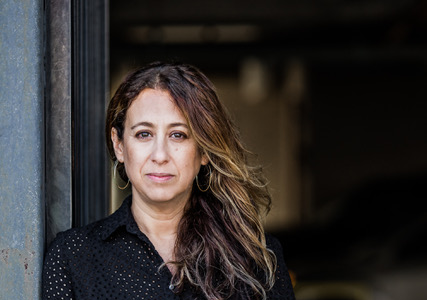
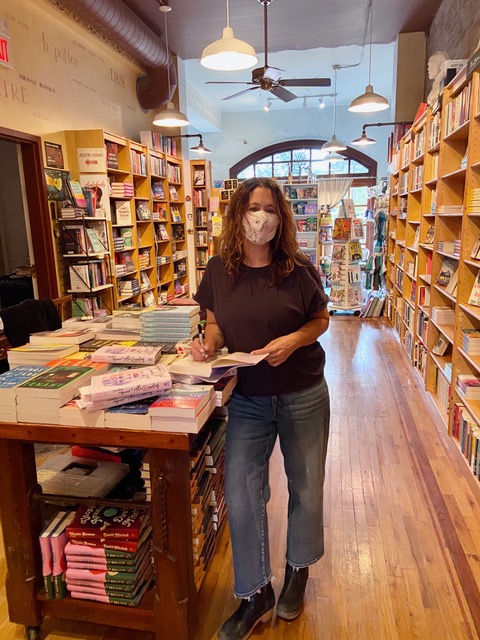


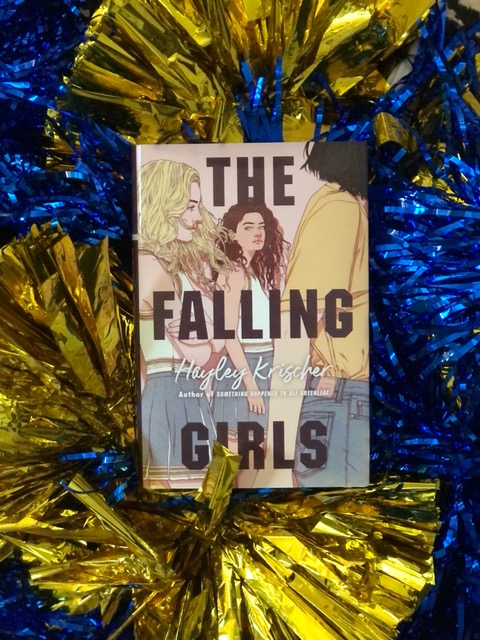
Comments are closed